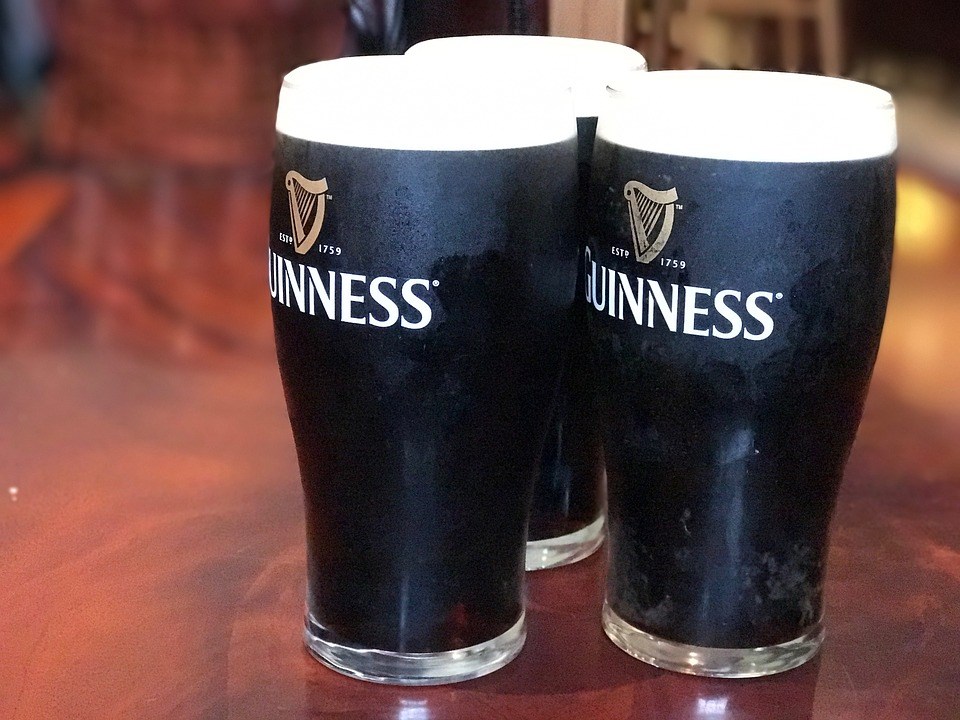Although I usually write about wine, St. Patrick’s Day was last Saturday so today it’s all about beer, Irish beer. I was in a BCLDB store recently and my wife encouraged me to buy an Irish heritage pack of eight beers ($22.99). Who was I to argue?
My first sample was Harp Lager (5 per cent), which was first created by Guinness in 1960. This golden brew reminded me of a German lager with Hallertau hop fruitiness in the bouquet and on the palate with a caramel flavour. Serve cold so the crispness balances the other elements.
Next is Smithwick’s Premium Red Ale (4.5 per cent) originally brewed in Kilkenny in 1710. Guinness acquired Smithwick’s in 1965 and now all Smithwick's beers are brewed in Dublin.
In the glass, this beer has a lovely reddish-brown chestnut colour. The aroma and flavour have molasses maltiness and on the palate that sweetness is balanced by a gentle bitterness from the hops. It is deliciously crisp with a dry finish. Very smooth and refreshing and a perfect brew for spring.
The third Irish brew is the Kilkenny Irish Cream Ale (4.3 per cent). Like Smithwick’s, Kilkenny is brewed where Guinness is made, at St. James Gate in Dublin. There’s a nitrogenized creamy head much like the traditional Guinness stout. In many ways it is like a milder Guinness with the colour dark reddish brown instead of black. It’s a smooth malty ale with less bitterness than the Smithwick’s.
Our final beer is the one that everyone associates with Ireland, Guinness Draught Stout (4.2 per cent). Its dark colour is achieved from strongly roasting the malted barley much longer than the other three beers.
Many people think that Guinness is heavy, high in alcohol and sweet. But when you drink it, it has a rich creaminess to it, thanks to the very ample ivory and beige thick head. And compared to many beers, it is low in alcohol, only 4.2 per cent. Plus it has a creamy smooth, but dry finish.
And if that’s not enough to love, there is a wonderful complexity to its taste: licorice, espresso coffee and hints of chocolate make this a tasty brew indeed. Even though Arthur Guinness founded his brewery at St. James Gate in Dublin in 1759, Guinness draft was only developed in 1959!
Even so, it soon established itself as the top-selling Guinness beer with lightning speed. Drinkers were instantly drawn to its complexity; its bold combination of flavours made a lasting impression. Enjoy with a Dubliner cheese or an Irish lamb stew with a dash of Guinness added to the cooking.
To get the most from Guinness Draught Stout, refrigerate it for three hours and then take it out of the fridge for 20 minutes. You want it cool but not ice cold. Tilt the glass at 45 degrees and pour to one inch below the rim of the glass. Allow it to settle for two minutes to develop its head. Top it to the top and then… enjoy!
Eric Hanson is a retired Richmond wine and beer educator and science teacher.
Ehanson0705@gmail.com



